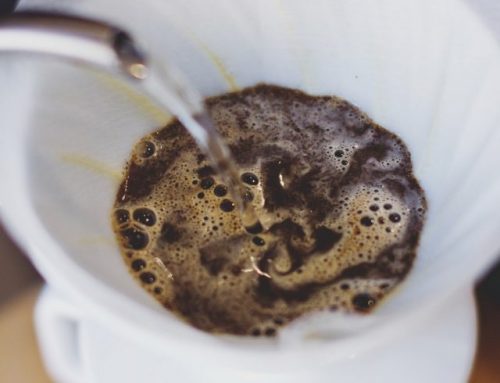Coffee processing is hugely important since each method delivers a truly unique cup of coffee. There are three main ways to of coffee processing: washed, natural, and honey.
1. Washed/ Wet Processing
Washed or wet processing focuses all its attention on flavor of the coffee bean. Processors remove the surrounding coffee cherry from the bean immediately after picking. This ensures that only the original coffee bean affects the processed coffee flavor.
Yet this is often a laborious process. There are layers of sticky cherry skin and mucilage surround a coffee bean. Washed coffee uses one of two processes (either fermentation or wash tanks) to remove the first cherry layer. This often impacts the flavor of coffee. This is why coffee processing is so important.
Coffee beans are then dried in the sun or in ovens. Once beans are completely dry, processors then use mechanical hullers to remove the final thin layer off the coffee bean.
2. Natural/ Dry Processing
Washed coffee is currently the most common form of processing. However, natural/dry processing is quickly growing in popularity. Natural coffee processing is more approachable for growers since it requires relatively little technology.
It’s an ancient form of coffee processing that doesn’t involve nearly as much labor or resources as washed processing. Instead, coffee producers place whole coffee cherries in the sun to dry, making the hulling process much easier.
Many argue that natural coffee processing is inferior to washed processing due to its inconsistencies and unrefined flavors. Meanwhile, others praise the bold tastes that naturally-processed coffee offers, which often includes a citrus acidity and tropical fruit flavors. This form of coffee processing also has a smaller water footprint and those that use it are constantly finding new methods to increase quality.
3. Semi-Washed/ Honey Processing
Semi-washed processing is a middle ground between washed and natural coffee processing. It removes the dry coffee cherry but maintains the sticky, mucilage layer surrounding the bean.
We refer this type of processing as ‘honey processing’, since the mucilage closely resembles honey in sweetness and stickiness. It’s not uncommon for honey-processed coffee to actually taste like honey. Honey coffee processing is most popular in Central America and even has several subcategories.
How Processing Affects Flavor
Washed coffee is known for its clean flavor and is often associated with the highest quality coffee. Natural coffee is quickly growing in popularity thanks to the complex, exotic flavors that it offers. Honey coffee combines aspects of both methods and results in a sweet, fruity tasting coffee. Try different coffees and see for yourself how each process creates subtle differences in taste.
Interested in learning more about the processes of making these foods? Check out our bean-to-bar article written about chocolate.





